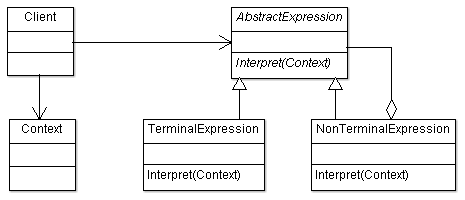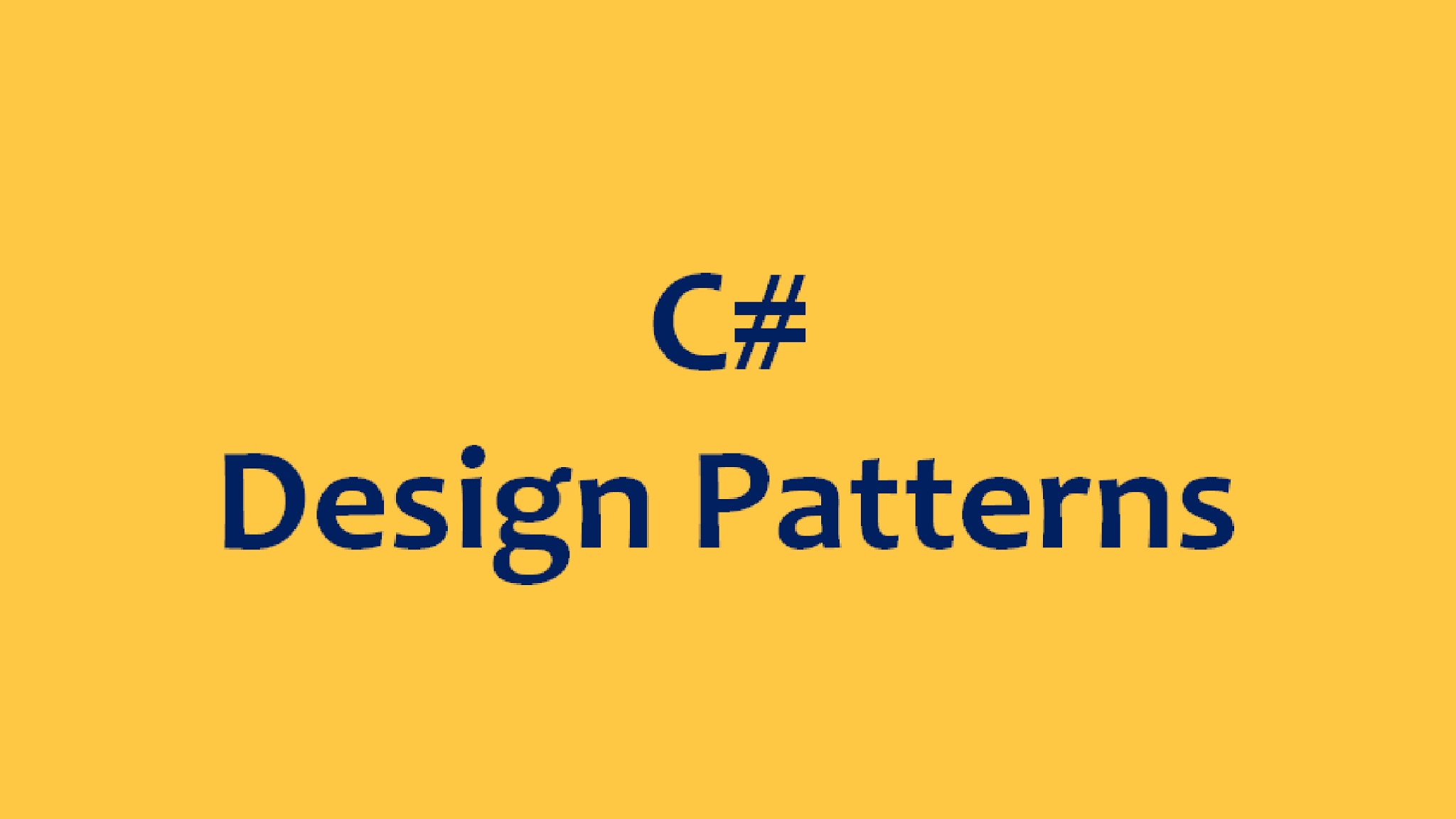> Design Patterns > Interpreter Design Pattern
Interpreter Design Pattern
Interpreter design pattern is used to define a problem in simple language and resolving it through interpreting its simple sentences.
Intent
- Given a language, define a representation for its grammar along with an interpreter that uses the representation to interpret sentences in the language.
The intent of interpreter design pattern is to define the grammar for a language and use the interpreter to interpret the simple sentences of the language using this grammar.
Problem
- A set of defined problem is coming again and again.
So the set of problem is well defined and coming repeatedly. As it is well defined, it can be defined in language and simple sentences.
Solution
- Define the problem in sentences of language and interpret these sentences to solve the problem.
So the set of well-defined problem can be defined in simple sentences of language. We can come up with interpreter which can interpret these sentences to solve the problem. So the solution comes in form of problem defined in language and grammar, and interpreter is used to interpret it.
Where interpreter design pattern is applicable?
- A set of well-defined problem can be represented in simple sentences of language. That means the grammar of language has to be simple, otherwise parser tools are better alternative.
Interpreter Design Pattern UML Structure

Participant classes of interpreter design pattern
- AbstractExpression class provides interface Interpret().
- TerminalExpression class represents the terminal symbol in grammar and implements method Interpret().
- NonTerminalExpression class represents rule in the grammar and will be there for every rule. This implements Interpret() method and interprets every rule considering other rules.
- Context class has the context information and will be used while interpretation of Terminal and Non Terminal expressions.
- Client has the representation of simple sentences of language with defined grammar. This is in form of terminal and Non terminal expressions.
How they work together?
- The client builds or gets the abstract syntax tree from the simple sentences of language with defined grammar. Here sentence represents the node of tree either terminal or non-terminal expression. The rule of grammar represents the classes.
- Client has the context information and invokes the Interpret() method. NonTerminalExpression interprets the expression based on rule of the grammar. The TerminalExpression interprets the expression as terminal. Interpreter knows the context information through context for interpreting expression.
- So we can have interpreter to solve the problem defined in simple sentences of language with defined grammar. Here it is easy to change and add new grammar too. We can easily modify the interpreter also. But it will be better to use parser tools if grammar is complex.
- There is an opportunity to use Flyweight pattern for terminal expression if they are in large number as intrinsic and extrinsic state is easily distinguishable.
Interpreter Design Pattern Example
Implementation Code
| C++ | Interpreter Pattern in C++ | Interpreter Pattern C++ Example |
| C# | Interpreter Pattern in C# | Interpreter Pattern C# Example |
| Java | Interpreter Pattern in Java | Interpreter Pattern Java Example |
| Python | Interpreter Pattern in Python | Interpreter Pattern Python Example |
| JavaScript | Interpreter Pattern in JavaScript | Interpreter Pattern JavaScript Example |
| PHP | Interpreter Pattern in PHP | Interpreter Pattern PHP Example |
| Ruby | Interpreter Pattern in Ruby | Interpreter Pattern Ruby Example |
| Swift | Interpreter Pattern in Swift | Interpreter Pattern Swift Example |
| Objective-C | Interpreter Pattern in Objective-C | Interpreter Pattern Objective-C Example |
Suresh Kumar Srivastava is founder of online learning site coursegalaxy.com and author of popular books C In Depth, Data Structures Through C In Depth. He has 18+ years experience in industry and worked on architecture and design of multiple products. This article Interpreter Design Pattern is from his Design Patterns course.

